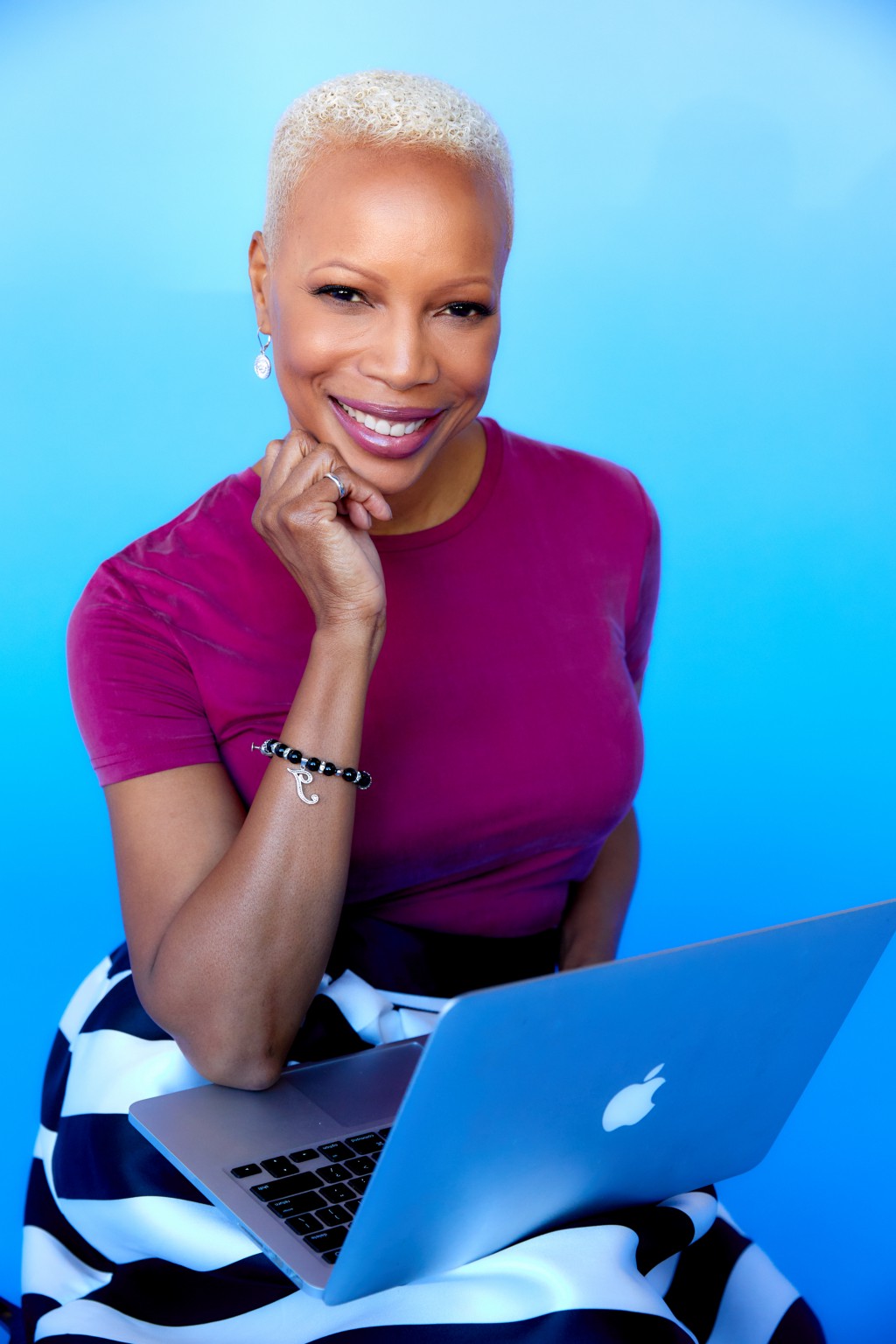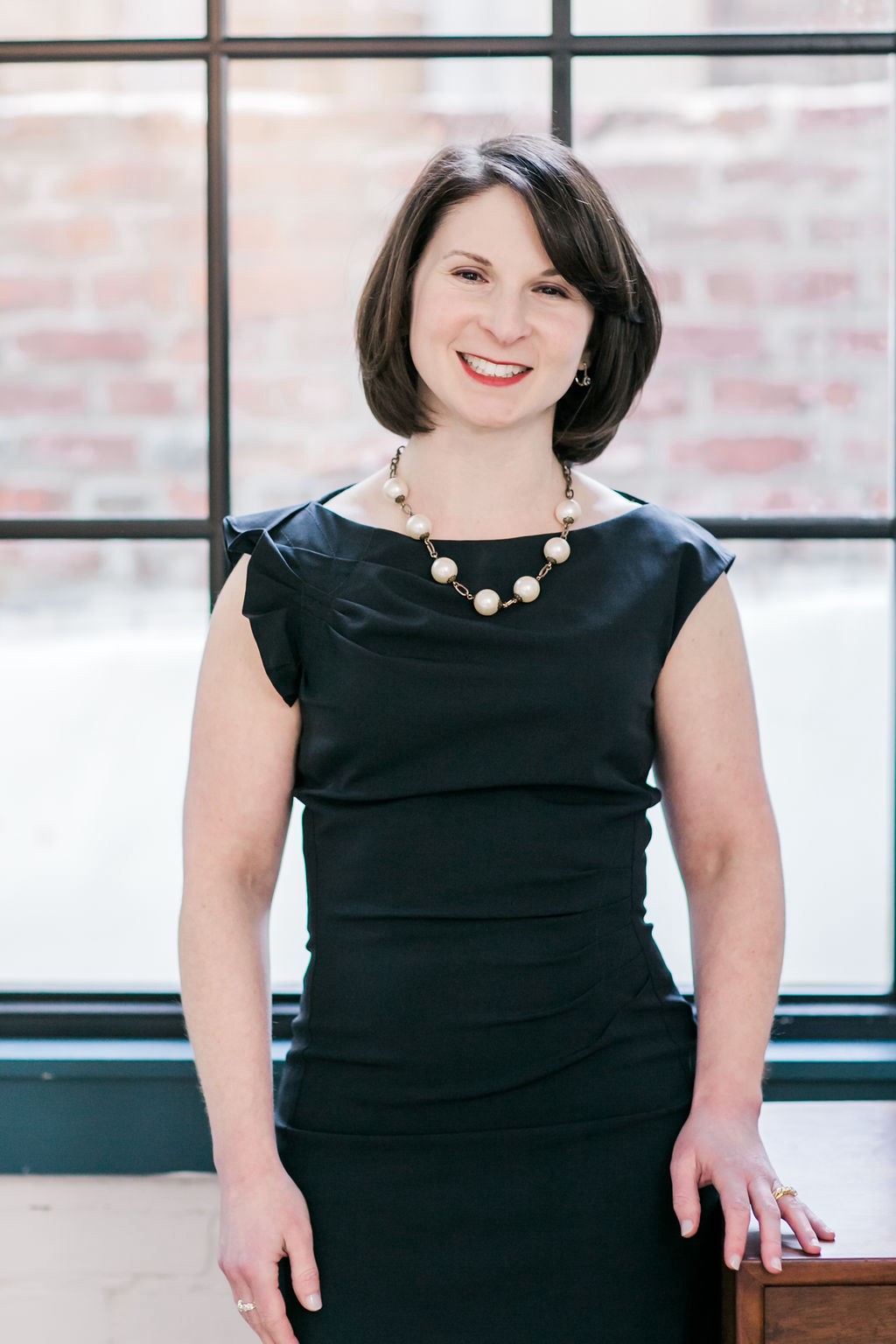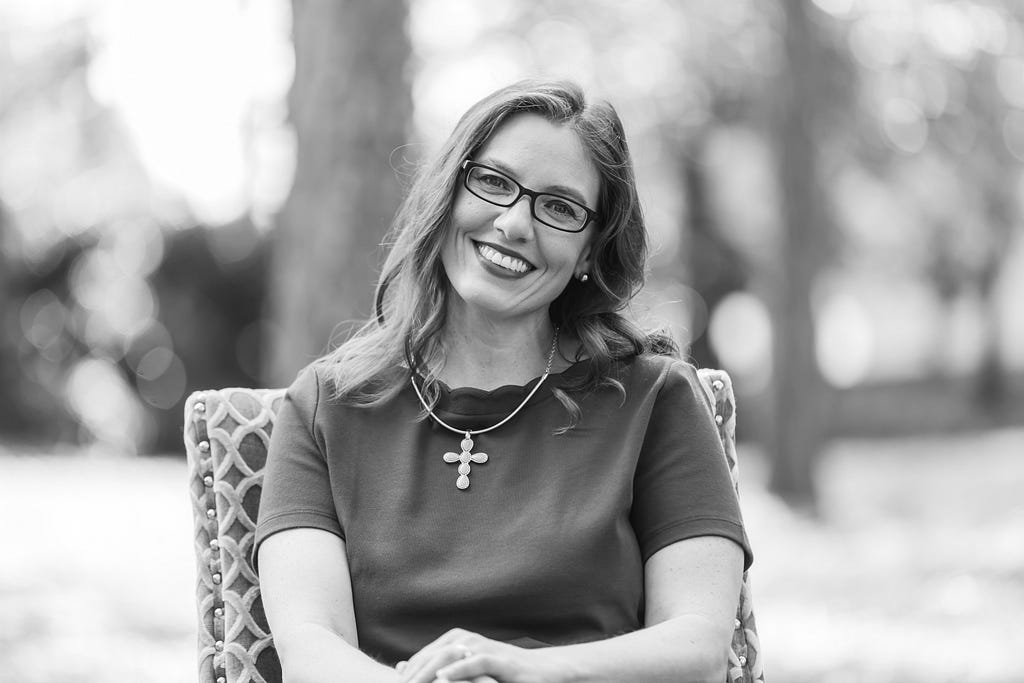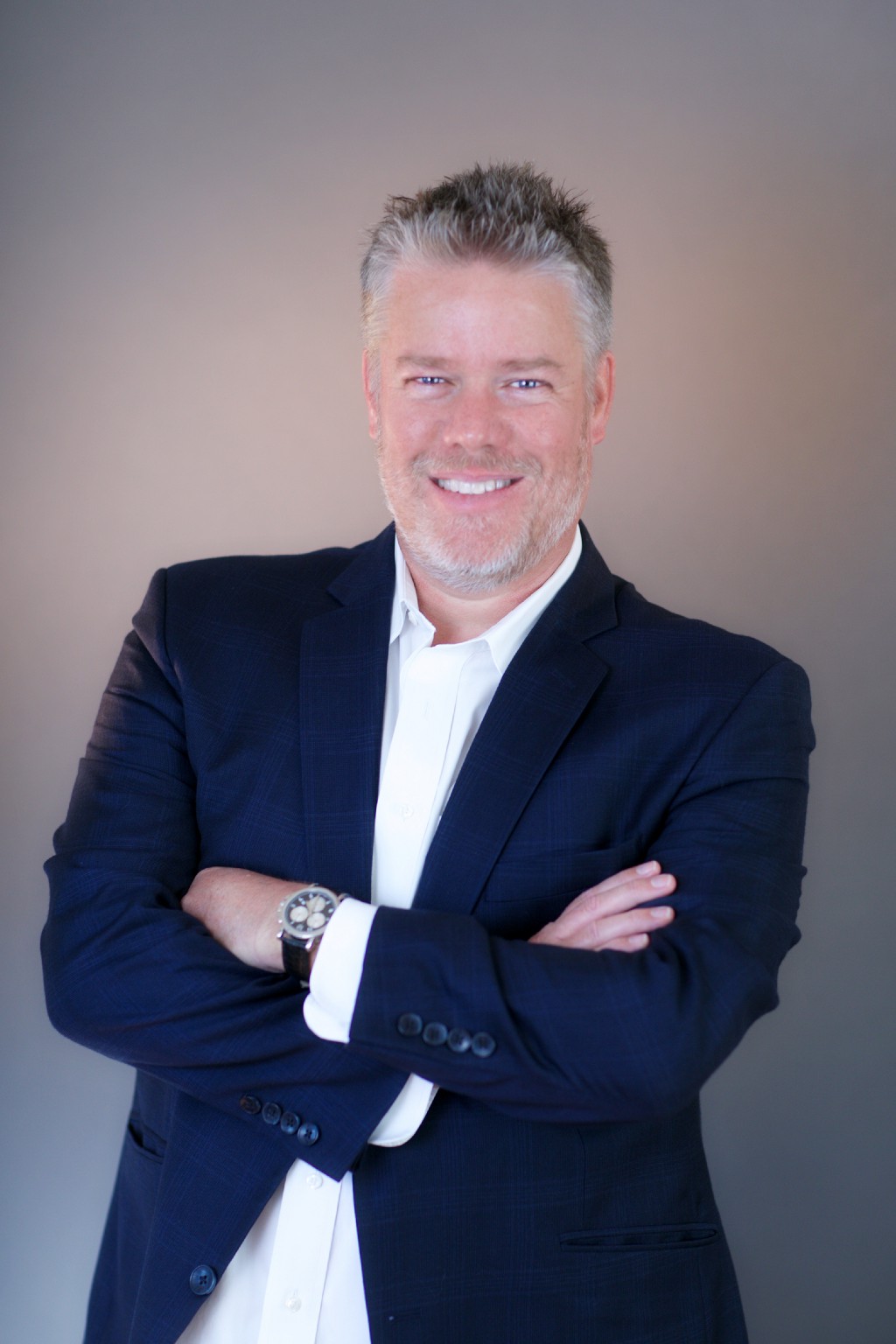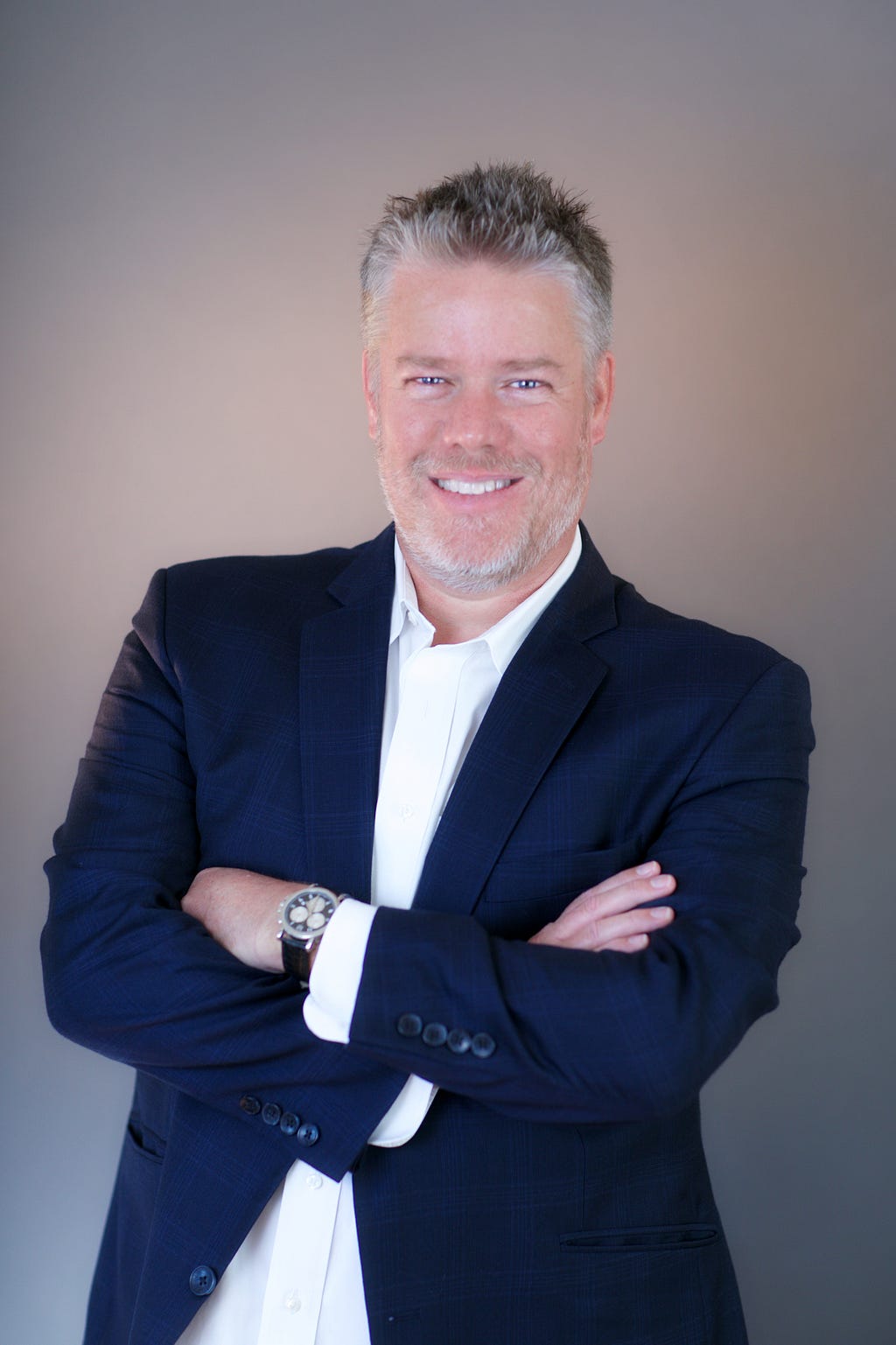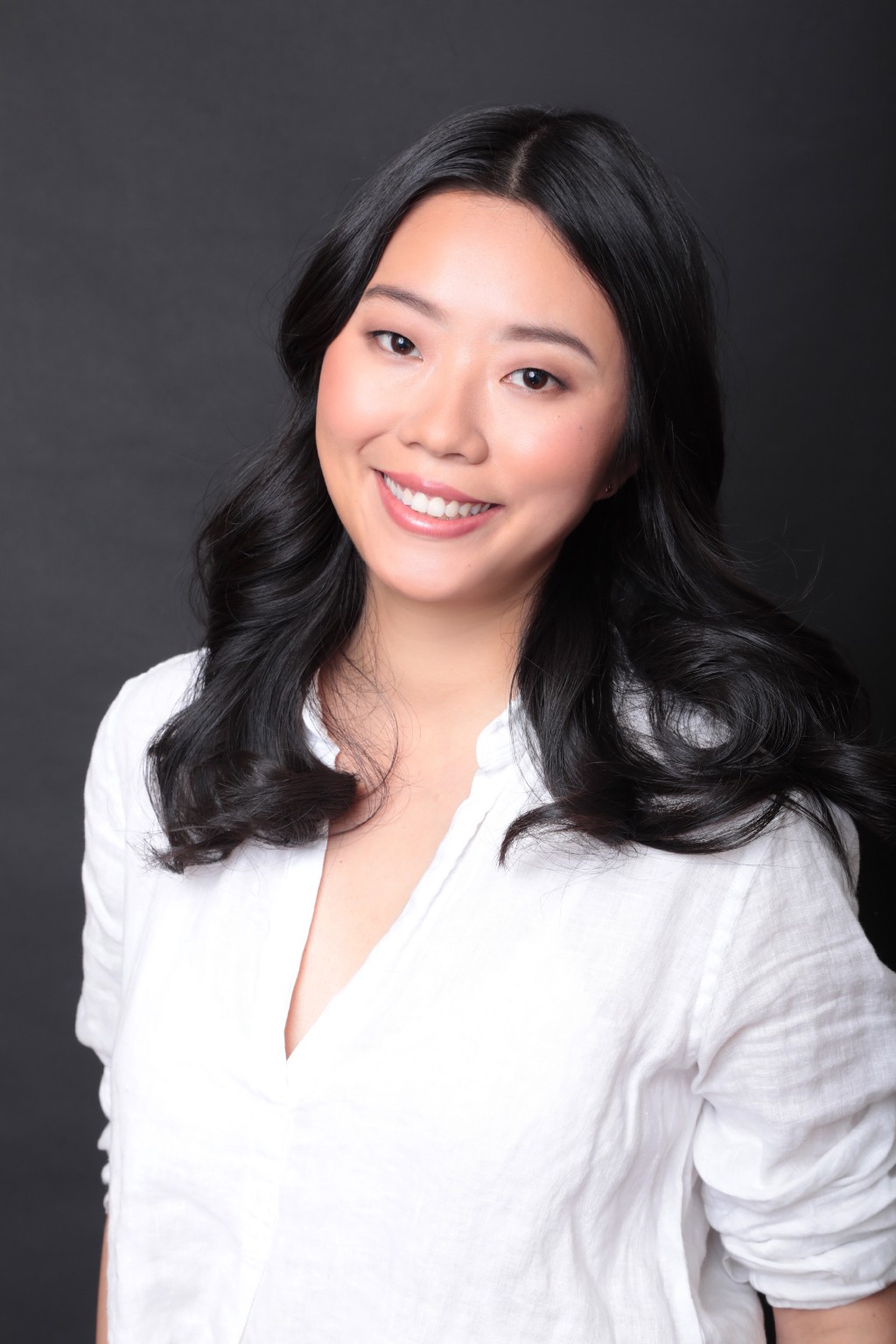5 Things We Need To Do To Close The Gender Wage Gap: “Own your worth!” with Dr. Tana M. Session and Candice Georgiadis
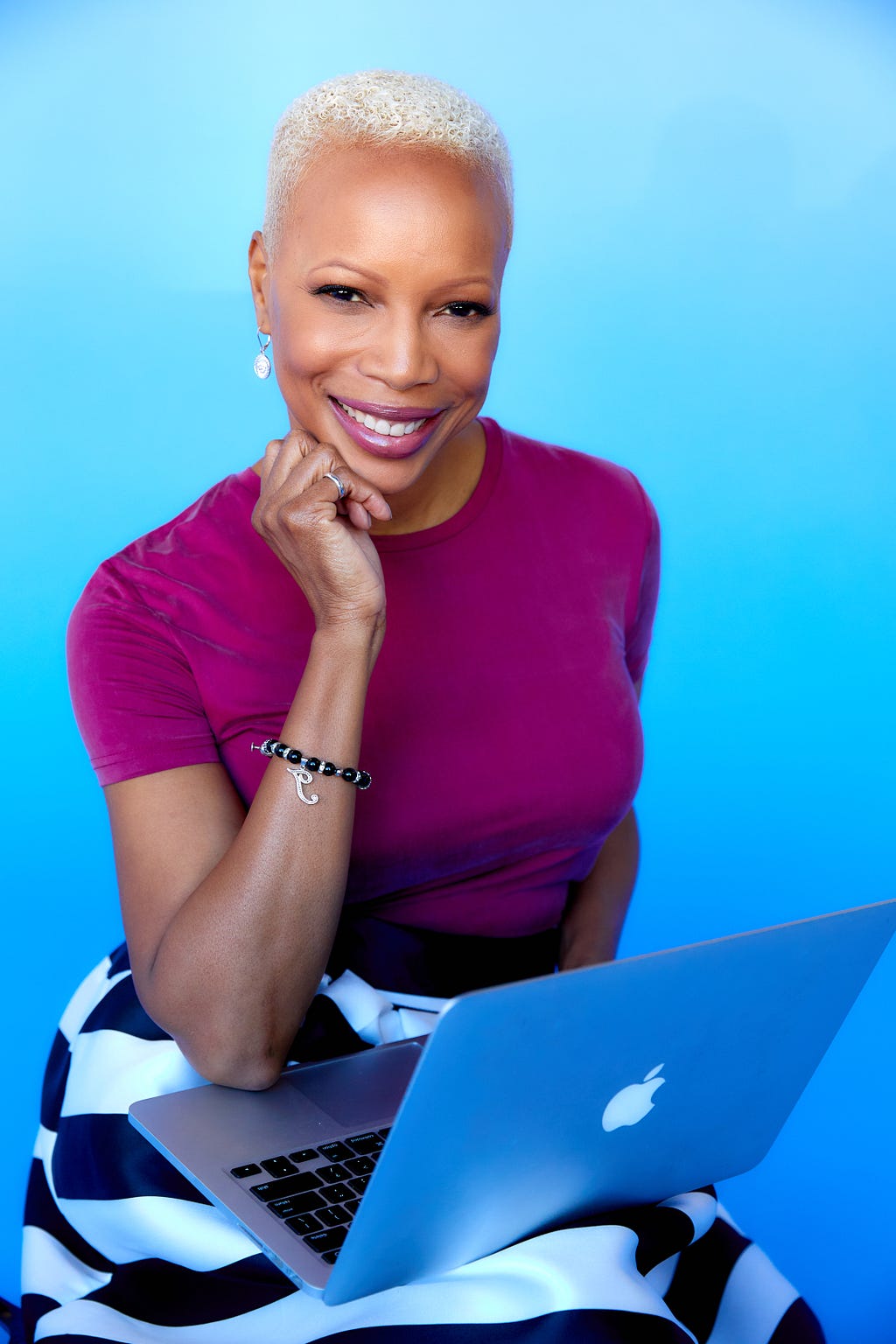
Own your worth! Women must become comfortable negotiating for higher starting salaries and annual increases based on reliable market data and research. Start talking finances with other men and women and share resources and information on salary ranges in your industry. Information is power!
As part of my series about “the five things we need to do to close the gender wage gap” I had the pleasure of interviewing Dr. Tana M. Session. Tana has built a successful career in Human Resources spanning over 20 years, where she has held almost every position available, including 10 years as the top HR executive for multiple organizations. Her experience has enabled her to embed her passion for Diversity, Equality & Inclusion in everything she develops and implements. In 2014, Tana established her award-winning, WMBE-certified coaching and consulting practice, (http://www.tanamsession.com), offering her expertise through speaking engagements, group and 1:1 coaching and Human Resources consulting. She was recently recognized as a Huffington Post “Top Female Expert to Follow,” and in 2019, Tana received her Honorary Doctorate (PhD) degree in Philosophy/Humane Letters. Dr. Session is an international speaker who has spoken at professional events throughout the U.S. as well as Bangkok, Dominican Republic, Cuba and Jamaica. Tana completed her undergraduate degree in Business Administration and her MBA in Organizational Psychology & Development. Recognized by the University of Phoenix as one of its Distinguished Alumni of Southern California, Tana also joined the team of UCLA Extension and California State University — Long Beach as an Instructor/Adjunct Professor. In 2019, Tana was selected as the only MBA alumni in American InterContinental University’s history to speak as the keynote speaker for the commencement ceremony where she shared a powerful message to over 7,000 attendees in Houston and Atlanta. Tana is the author of three books, including the #1 Best-seller Get Your Career Life in Order. Tana has been a contributing writer for Forbes.com and BlackEnterprise.com, and has been featured in Huffington Post, Essence Magazine and on various television, syndicated radio and podcast shows. She is also a contributing Lifestyle Segment co-host for the nationally syndicated talk radio show, “In the Know,” where she shares career and motivational advice. In her free time, Tana likes to travel and spend time with family and friends. In June 2014, Tana and her family relocated from New York to Los Angeles. She now enjoys getting to know her new home state.
Thank you so much for joining us! Can you tell us the “backstory” that brought you to this career path?
I started my career in Human Resources over 20 years ago as an Administrative Assistant. Over the years, I have held almost every position in HR, including the top HR executive for multiple organizations. Today, I am a Human Resources Strategist, Award-winning International Speaker, Author and Career/Life coach.
Can you share the most interesting story that happened to you since you began this career?
The most interesting thing that has happened to me since starting my own business was my trip to Bangkok. I got booked as a speaker at the Annual Women’s Leadership & Empowerment Conference hosted by the Tomorrow People Organization based out of Serbia. It was my first in-person international speaking event, and I learned so much about women around the world. My main takeaway after spending three days at the conference was women are not as different as we tend to think we are, regardless of nationality, religion or race. As women, we face similar issues and concerns around the world. This was truly an inspiring and eye-opening experience for me.
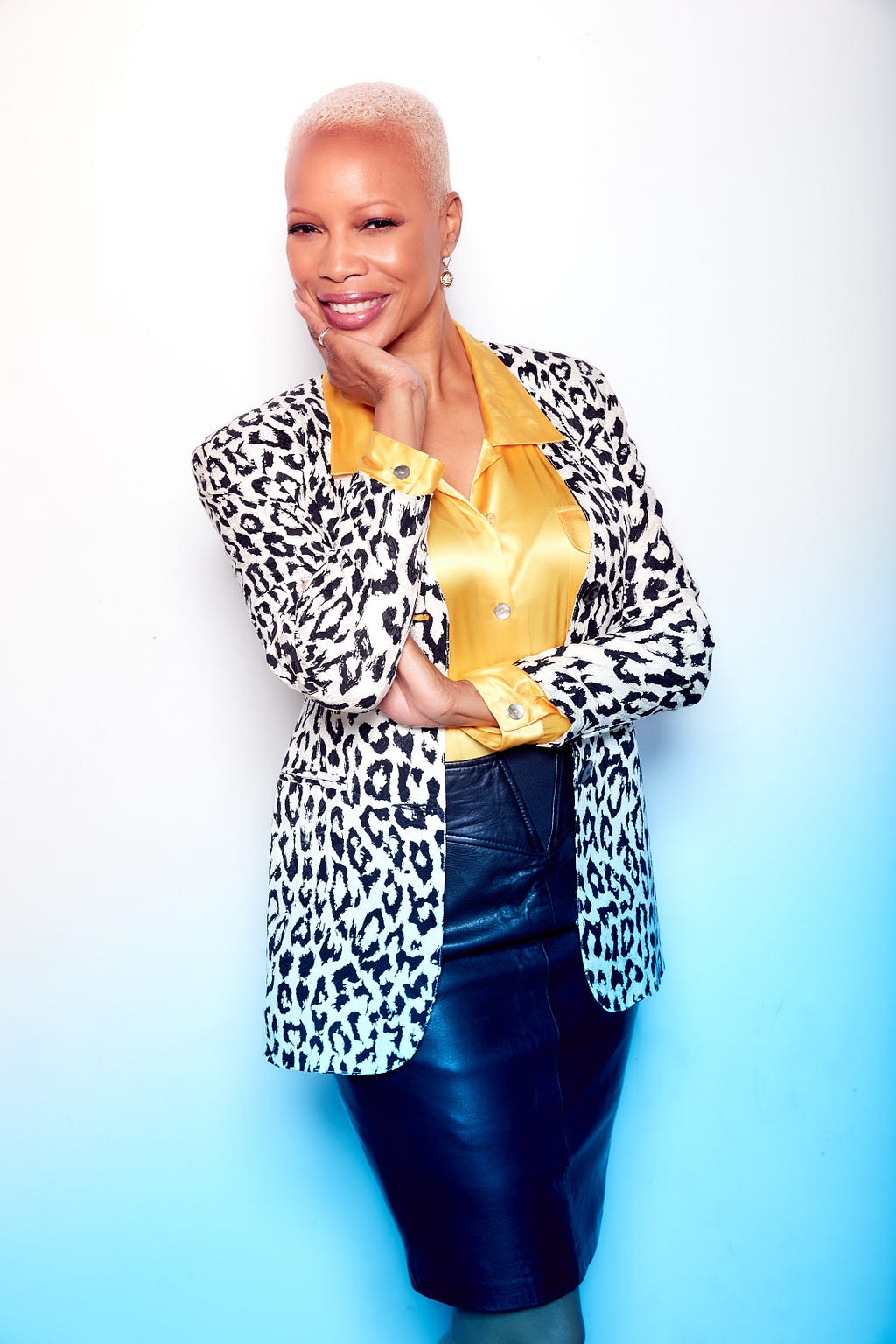
Can you share a story about the funniest or most interesting mistake you made when you were first starting? Can you tell us what lesson you learned from that?
When I first started my consulting/coaching business, I hid behind my corporate name, TMS Business Solutions, Inc. I was used to having my employer’s company name validate me. I quickly learned that would not work for me as an independent consultant. I had one person tell me my company name reminded her of a computer system company. I immediately hired a branding coach and changed to a d/b/a entitled TanaMSession.com, and rebranded my website and marketing materials. I’m so glad I made this pivot early in my entrepreneurial journey, which has made such a positive and well-received change in my business.
Ok let’s jump to the main focus of our interview. Even in 2019, women still earn about 80 cents for every dollar a man makes. Can you explain three of the main factors that are causing the wage gap?
Here are three main factors I feel have caused the wage gap through the years:
1. The “Off Ramp” has been a major setback for most women as it relates to advancing their career and their salaries. Since women have historically been the primary caregivers for children, maternity leave has oftentimes stalled their careers. While the women were out on maternity leave or took extended parental leave, staying out of the workforce anywhere from six weeks to one or more years, their male counterparts have been promoted and received their full annual merit increases and bonuses. Most companies will prorate the annual merit increase and bonus for any employee who Is out on a leave of absence during the performance year, resulting in the increase and bonus being reduced by the number of months the employee was not working. This gap can broaden based on industry and occupation.
2. Women are by nature nurturers. This has hurt women when it comes to negotiating their salaries and increases. Negotiating is not a skill many women are good at or comfortable doing when it comes to their salary.
3. Gender discrimination and the intersectionality of gender and race discrimination has also played a role in the gender wage gap. For example, on average, black women earn $.63 on the dollar of white men, which is $.17 less than their white women counterparts.
Can you share with our readers what your work is doing to help close the gender wage gap?
Through my work as a Career Coach and International Speaker, I provide women with strategies to successfully negotiate salaries for new jobs and promotions, and how to position themselves for higher salary increases and bonuses in their current positions. My female clients have experienced up to 35% increases in their salaries by implementing the strategies we developed, starting with knowing how to own their power and their worth.
Can you recommend 5 things that need to be done on a broader societal level to close the gender wage gap? Please share a story or example for each.
1. Own your worth! Women must become comfortable negotiating for higher starting salaries and annual increases based on reliable market data and research. Start talking finances with other men and women and share resources and information on salary ranges in your industry. Information is power!
2. Whenever possible, do not disclose your current salary to a new employer during the interview or salary negotiation process. If you are currently underpaid, your new employer may offer you a lower salary than they budgeted for the position because their lowest offer may still be a significant increase over your current salary. There are several states who have made it illegal for employers to ask about current salary prior to making an offer to help decrease the wage gap for women and minorities.
3. Women should raise their hands for new and bigger projects to gain leadership experience and exposure to decision-makers. This will take some strategic self-promotion skills, but it is necessary to help elevate your career and your salary. Also, actively seek out promotions or new positions even if you do not have all of the listed requirements for the job. Men do it all the time!
4. Organizations should conduct regularly salary audits for all positions and compare female employees’ salaries against their male counterparts who are in the same job with the same or comparable responsibilities, experience and education. The numbers don’t lie! Put a plan in place to bring women’s salaries in alignment with their male counterparts, even if the increases have to be incremental over a 6–12 month period. Openly sharing the salary audit results and adjustment plan with employees will help boost employee engagement while holding the organization accountable along the way.
5. Organizations should regularly review the diversity, equality and inclusion of their leadership teams to ensure they are hiring and promoting the best person for the job. Also, review market data to ensure salary ranges are meeting local job market demands. This is a good time to make internal salary adjustments to current staff’s salaries to ensure internal equity and to help all employees remain competitive with the external job market.
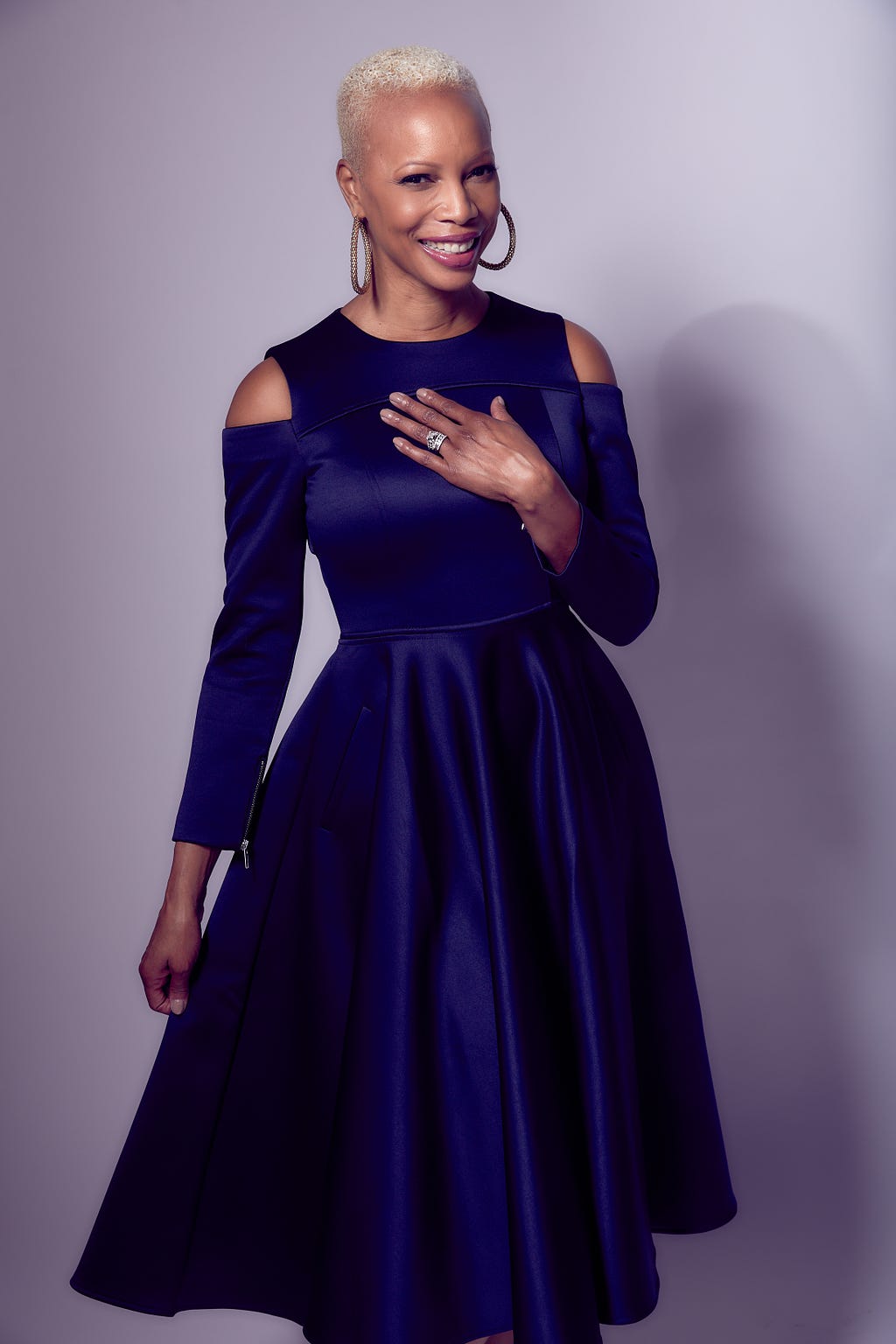
You are a person of great influence. If you could inspire a movement that would bring the most amount of good to the most amount of people, what would that be? You never know what your idea can trigger. 🙂
The mission of my work is to help change the lives of 1 Million women and the men who love and support us. My movement is “Stop Being the Best Kept Secret ®” where I work with indivduals to help them move past historical and generational trauma and learn how to own their power, truth, healing, worth and destiny. The breakthroughs they have experienced in both their professional and personal lives have been my reward for the work I do.
Can you please give us your favorite “Life Lesson Quote”? Can you share how that was relevant to you in your life?
My favorite “Life Lesson Quote” is “Rent your title, but own your character.” At the end of the day, I want to be remembered for how I served others and made a positive impact in their lives. Titles can be taken from you, involutarily or voluntarily, but your character and what people say about you when you’re not in the room is what will stand the test of time.
We are very blessed that some of the biggest names in Business, VC funding, Sports, and Entertainment read this column. Is there a person in the world, or in the US whom you would love to have a private breakfast or lunch with, and why? He or she might see this, especially if we tag them. 🙂
The one person I would love to have a private breakfast or lunch with is Bozoma Saint John. I have admired her from afar for years. Her authencity and ability to be unapologetically black throughout her career for Pepsi, Apple, Uber and now Endeavor has been inspirational to so many women of color. Her energy and spirt flow through her online presence and her keynote speeches. The way she shows up and supports her squad is also admirable. During our breakfast or lunch, I would like to learn more about her personal journey to truly owning her power and worth in corporate America, and hear her thoughts on what I can do to scale the work I’m doing to grow my brand and business and serve more people. Not to sound cliché, but of course Oprah Winfrey would be my second choice in case Bozoma is busy that day.
This was really meaningful! Thank you so much for your time.
5 Things We Need To Do To Close The Gender Wage Gap: “Own your worth!” with Dr. Tana M. Session… was originally published in Authority Magazine on Medium, where people are continuing the conversation by highlighting and responding to this story.


